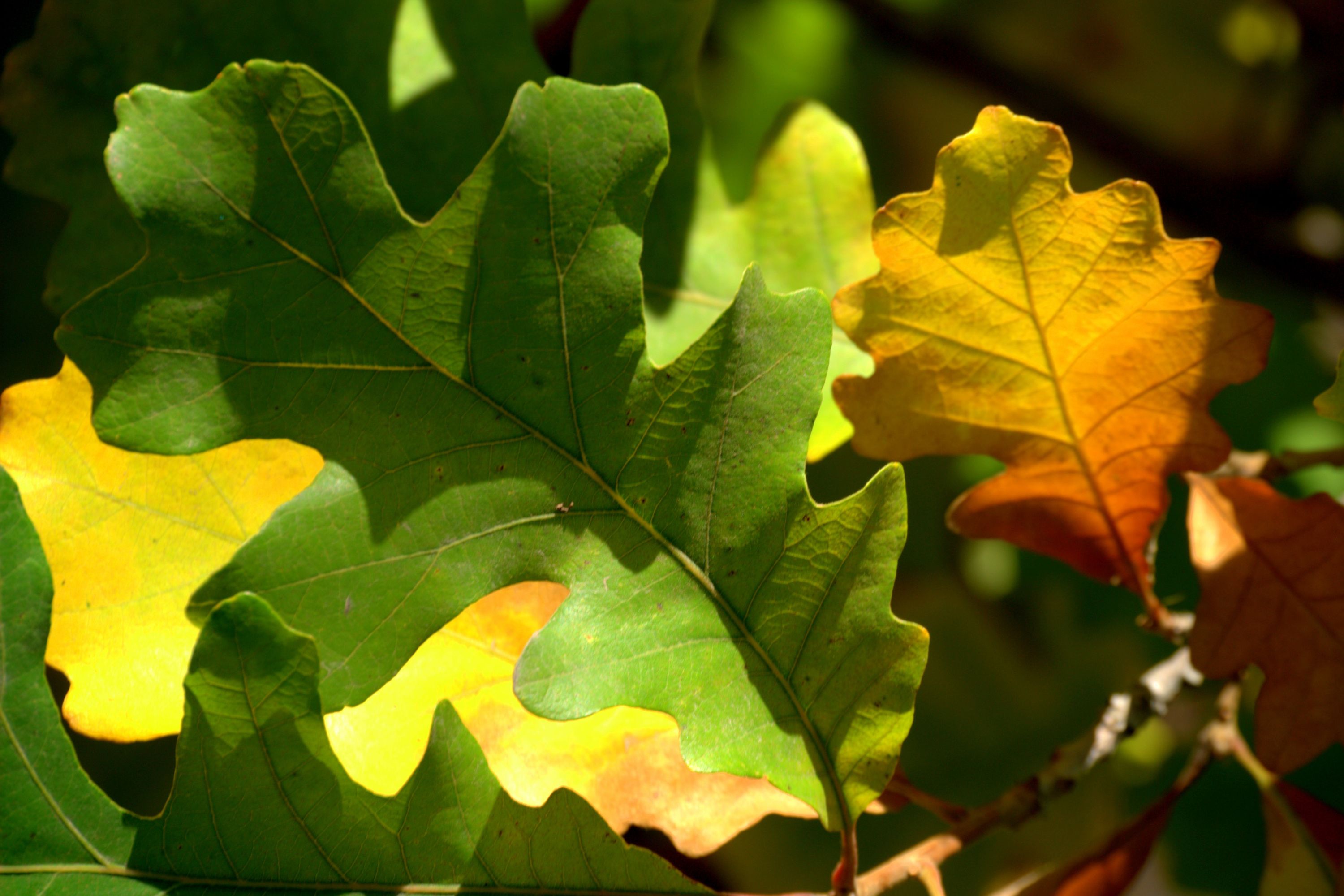Bur oak
(Quercus macrocarpa)

Description
“Pet poisonous” – Toxic parts: shoots, leaves Quercus macrocarpa, commonly known as the bur oak, is a species of oak tree native to North America. It is a long-lived, slow-growing, deciduous tree that can reach up to 30 meters tall with a trunk diameter of up to 2 meters. The bur oak is a highly adaptable tree that can grow in a wide range of soil types and environmental conditions. In this article, we will explore the various aspects of the bur oak, including its taxonomy, morphology, distribution, ecology, and uses. Taxonomy: The bur oak belongs to the Fagaceae family, which includes other oak species such as the white oak, red oak, and post oak. Its scientific name, Quercus macrocarpa, comes from the Latin words "quercus," meaning oak, and "macrocarpa," meaning large-fruited. The bur oak is also commonly known as the mossycup oak, due to the mossy cups that cover its acorns. Morphology: The bur oak is a large, majestic tree that can reach heights of up to 30 meters. It has a thick, deeply furrowed bark that can range in color from gray-brown to black. The leaves of the bur oak are large and distinctive, with a shape that is typically lobed, similar to other oak trees. The leaves can grow up to 30 centimeters long and 20 centimeters wide. The acorns of the bur oak are also large, ranging in size from 3 to 5 centimeters in length. They are encased in a distinctive mossy cup, which gives the tree its common name. Distribution: The bur oak is native to North America, where it can be found from eastern Canada to the western United States. It is most commonly found in the Great Plains region of the United States, where it grows in a variety of habitats, including prairies, savannas, and woodlands. The bur oak is also commonly cultivated as an ornamental tree in other parts of the world. Ecology: The bur oak is a highly adaptable tree that can grow in a wide range of soil types and environmental conditions. It is often found in areas with hot, dry summers and cold winters. The tree is also resistant to drought and can survive in areas with low water availability. The bur oak is an important component of the North American prairie ecosystem, where it provides habitat and food for a variety of animals, including deer, squirrels, and birds. The acorns of the bur oak are an important food source for many animals and were also historically used as a food source by Native American tribes. Uses: The bur oak has a variety of uses, both historical and contemporary. The wood of the bur oak is hard and durable, making it ideal for use in furniture, flooring, and other construction projects. The acorns of the bur oak are also edible and can be used in a variety of culinary applications. In addition, the bur oak is commonly cultivated as an ornamental tree due to its majestic size and distinctive appearance. Conclusion: Quercus macrocarpa, the bur oak, is a highly adaptable tree that is native to North America. It is a large, slow-growing tree with distinctive leaves and acorns. The bur oak is an important component of the North American prairie ecosystem and has a variety of historical and contemporary uses. As an ornamental tree, the bur oak is highly valued for its majestic size and distinctive appearance.
Taxonomic tree:







